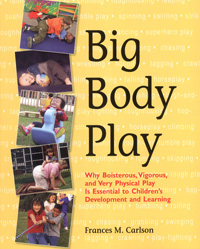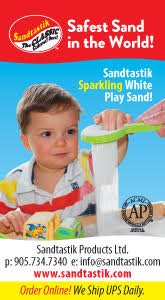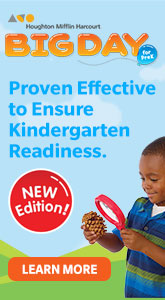ExchangeEveryDay Past Issues
 << Previous Issue
| View Past Issues | | Next Issue >>
<< Previous Issue
| View Past Issues | | Next Issue >> -Martin Luther King, Jr.
"Children need rapid, changing, and accelerating movement on a daily basis. They need to swing high up into the air, they need to sled down large hills, they need to spin in circles just for fun, and even hang upside down from the monkey bars." These are the observations of Angela Hanscom in her Washington Post article "Rethinking ‘ultra-safe’ playgrounds. "These types of movements are very therapeutic to the growing child and support attention and school-readiness. When children's movement opportunities are chronically restricted or limited due to insufficient playtime outdoors, playground equipment that no longer challenges, or too much time sitting at a desk, we often start to see problems with sensory and motor skills, body awareness, self-regulation, and simply focusing in the classroom.
"Believe it or not, the metal playground equipment of the 1960s and 1970s were actually highly therapeutic for children. One great example is the merry-go-round. As a child, I loved the merry-go-round! It was such a thrill. I remember holding on to the metal posts as we ran around and around, finally jumping onto the merry-go-round at the last second, hanging on for 'dear life' as we experienced the thrill and funny sensation only the merry-go-round could provide. As a therapist, I believe the merry-go-round is one of the most powerful therapeutic pieces of playground equipment ever invented....
"Merry-go-rounds, teeter-totters, tall swings, and slides all help children establish strong balance systems. They give us our 'center' and allow us to move through space safely. By taking these away, we are limiting children's exposure to sensory input that actually helps children become sturdy on their feet and prepares them for learning. If our goal is to do 'no harm' to our children, we need to re-think our playground equipment. We need to start providing equipment that actually challenges, stimulates growth, and prepares the brain for learning."
Contributed by Zvia Dover






Comments (2)
Displaying All 2 CommentsRetired
Richmond , California , United States
Thanks to private funding and a supervisor who knew how kids needed Big Body Play, for 25 years I took small groups of young low income children on adventures outdoors, hiking in national parks and other open spaces in Marin County, California. They got smart, strong and confident climbing trees, jumping on rocks and rolling down sand dunes.
These children of refugees and immigrants lived in small crowded apartments and most had never seen a dirt path in the parks their parent's hard earned taxes help support.
In order to bring some adventure inside the children's center where they spent most of their time, i created a playground full of so called "dangerous structures. "
I hung 2 hammocks and buried half a dozen boulders 2 feet higher than the ground for climbing .
Innitially my colleagues were terrified that the kids would hurt themselves. It took months of pointing out that the kids injuryed themselves more on our paved playground than on the hammocks and rocks. I also researched and disseminated information to the doubters about the benefits of risky play. Supervised, of course.
With consistent training and experience our staff embraced the "dangerous " play yard for the children who need to Play Big!
Hollywood Presbyterian Children's Center
Hollywood, California, United States
This is a great article not only for preschool but for elementary. Children get stuck in desks and their bodies can only sit so long. Movement helps all children get rid of the wiggles and re-focus their attention, especially those with ADHD, ADD, etc.
The worst thing a teacher can do is take away a child's outdoor or play time. Instead of taking that away, why not make them run a few laps around the play yard. A teacher will be amazed at the difference in a child.
Post a Comment